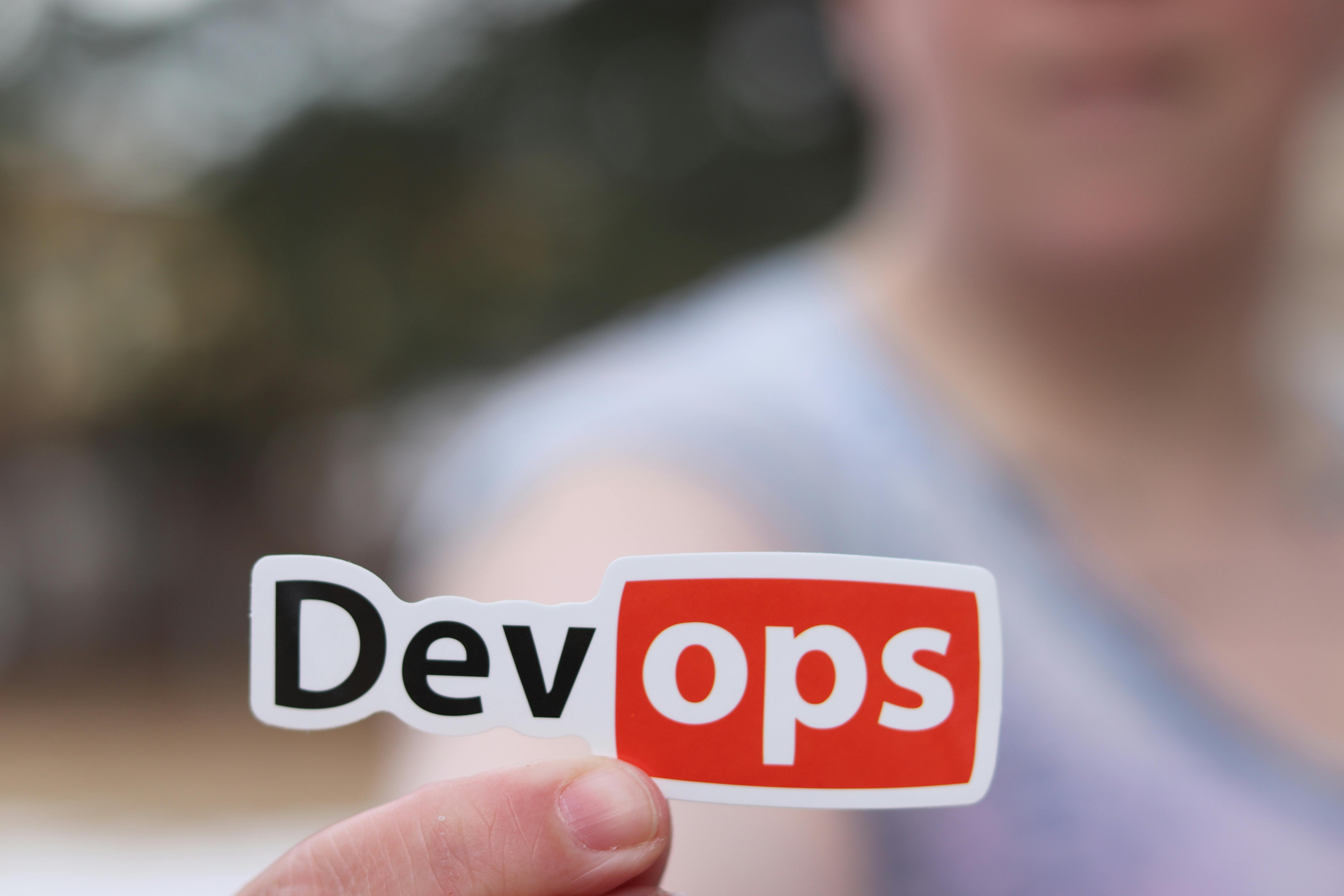Code Deployment Tools
Overview
In the world of software development, deploying code is a crucial step that can either make or break your project. Manual code deployments are time-consuming, error-prone, and require significant human effort. This is where code deployment tools come into play. Code deployment tools streamline the process of deploying code by automating the various steps involved, making it faster, more efficient, and less prone to errors. With the advent of DevOps practices, code deployment has become an integral part of the software development lifecycle.
Importance of Code Deployment
Automating code deployment is essential for several reasons. Firstly, it enables faster releases, allowing you to deliver new features and bug fixes to your users more frequently. It also improves collaboration between development and operations teams, as code deployment tools provide a uniform and standardized process for releasing software. Moreover, automated deployments reduce the risk of human errors, ensuring that your code is deployed consistently and accurately across different environments.
Challenges in Code Deployment
Despite the benefits, code deployment can be challenging without the right tools and practices in place. Issues such as configuration drift, version control conflicts, and inadequate testing can lead to deployment failures and downtime. Code deployment tools help address these challenges by providing features like version control integration, automated testing, and deployment monitoring. By leveraging these tools and adopting DevOps practices, you can overcome these challenges and achieve successful code deployments.
Code deployment tools are instrumental in automating the deployment process, improving collaboration, and reducing errors. With the right tools and practices, you can streamline your code deployment workflow and ensure smooth and efficient releases of your software.

This image is property of images.pexels.com.
## Automating Deployment with DevOps Tools
Introduction to DevOps
In today’s rapidly evolving software development industry, there is a growing need for efficient, reliable, and automated code deployment. Enter DevOps, a set of practices that aims to bridge the gap between software development and operations teams to deliver high-quality software at a faster pace.
Benefits of DevOps
By adopting DevOps principles, you can experience a wide range of benefits. Firstly, DevOps promotes collaboration and communication between teams, leading to faster and more efficient development cycles. It also improves the overall quality of the software, as automated testing and continuous integration become integral parts of the process.
DevOps Tools for Code Deployment
To implement code deployment automation, various DevOps tools come into play. These tools help streamline the deployment process, ensuring consistency, scalability, and reliability. Popular options include Jenkins, CircleCI, and Travis CI, which allow you to automate builds, tests, and deployments. Additionally, containerization tools like Docker and Kubernetes simplify the packaging and deployment of applications.
Embracing DevOps practices and leveraging the right tools can greatly improve your code deployment process. With automation at its core, you can eliminate tedious manual tasks and focus on delivering top-notch software efficiently and consistently.

This image is property of images.pexels.com.
## Key Practices for Effective Code Deployment
Automating code deployment is an essential part of modern software development, and DevOps tools and practices play a crucial role in streamlining this process. By adopting effective code deployment practices, you can ensure a faster and more efficient software release cycle.
Continuous Integration
Continuous Integration (CI) is a practice that involves regularly merging code changes into a shared repository. This ensures that all developers are continuously integrating their code, which helps detect and fix issues early on. CI tools like Jenkins, Travis CI, and CircleCI automate the build and testing process, making it easier to catch bugs and reduce conflicts during code deployment.
Continuous Delivery
Continuous Delivery (CD) goes hand in hand with CI and involves the automation of software release processes. With CD, you can seamlessly deploy code changes to production environments, making it faster and safer to release new features or updates. Tools like AWS CodeDeploy, Microsoft Azure DevOps, and GitHub Actions simplify the process of automating deployments, allowing for quicker and more reliable software releases.
Infrastructure as Code
Infrastructure as Code (IaC) is a practice that focuses on managing and provisioning infrastructure resources using code rather than manual processes. It enables you to define and deploy your infrastructure in a repeatable and consistent manner. Tools like Terraform, Ansible, and AWS CloudFormation make it easier to create, update, and manage infrastructure resources, ensuring that your code deployments are consistent across different environments.
By incorporating these key practices into your code deployment process, you can automate and streamline the release cycle, resulting in faster, more reliable deployments.
Popular Code Deployment Tools
Code deployment is a crucial part of software development, and automating this process can significantly improve the efficiency and speed of deployments. DevOps tools and practices have made it easier than ever to automate code deployment, reducing errors and enabling continuous integration and delivery. In this section, we will explore some popular code deployment tools that can help you streamline your deployment process.
Jenkins
Jenkins is a widely used open-source automation server that offers a robust set of features for building, deploying, and automating projects. It supports integration with various version control systems, allows you to define deployment pipelines, and provides extensive plugin support to customize your deployments.
Travis CI
Travis CI is a cloud-based continuous integration platform that is particularly popular among open-source projects. With its simple configuration and integration with GitHub, it enables automated testing and deployment for your applications.
CircleCI
CircleCI is another cloud-based continuous integration and delivery platform that supports a wide range of programming languages and offers powerful customization capabilities. Its intuitive interface and robust testing capabilities make it a popular choice among development teams.
GitLab CI
GitLab CI is an integrated part of GitLab, a web-based DevOps lifecycle tool. It allows you to define your deployment pipelines, integrate with your GitLab repositories, and automate your builds and deployments.
AWS CodeDeploy
AWS CodeDeploy is a fully managed deployment service offered by Amazon Web Services. It enables you to deploy applications to a variety of compute resources, including EC2 instances, on-premises servers, and Lambda functions. With its rich set of deployment options and integrations, it simplifies the deployment process for your applications.
These popular code deployment tools offer a range of features and capabilities to automate your deployment workflows. Whether you are looking for an open-source solution like Jenkins or prefer a cloud-based platform like Travis CI or CircleCI, there are plenty of options to choose from. Selecting the right tool for your needs can help you streamline your deployments and ensure a smoother release process.

This image is property of images.pexels.com.
## Comparison of Code Deployment Tools
Key Features
When choosing a code deployment tool, it is important to consider their key features. Some common features to look for include version control integration, rollback capabilities, and support for continuous integration/continuous deployment (CI/CD) pipelines. These features ensure that you have control over your code versions, can easily revert to previous versions if necessary, and automate the entire deployment process seamlessly.
Supported Platforms
It is essential to ensure that the code deployment tool you choose supports the platforms your application is built on. Whether you are deploying to cloud-based platforms like AWS or Azure, or deploying to on-premises servers, make sure the tool is compatible with your environment. Different tools may have different strengths and limitations based on the platforms they support, so do your research to find the best fit.
Integration with Other Tools
Consider the integration capabilities of the code deployment tool with other tools in your DevOps toolchain. A seamless integration with your version control system, project management tools, and monitoring solutions enables a smooth and efficient deployment process. Look for tools that provide easy integration through APIs or pre-built integrations with popular DevOps tools.
When comparing code deployment tools, pay attention to their key features, supported platforms, and integration capabilities. This will ensure that you choose a tool that meets your specific needs and enables you to automate the deployment process effectively.
Considerations for Choosing Code Deployment Tools
Choosing the right code deployment tools is crucial in automating the deployment process and adopting DevOps practices. With numerous options available, it can be overwhelming to select the tools that best fit your needs. When making this decision, consider the following key factors:
Scalability
Scalability is essential in code deployment tools as your application grows. You want a tool that can handle increasing workload demands and accommodate future expansion. Look for tools that offer scalability features such as load balancing, horizontal scaling, and support for distributed architectures.
Customization
Every software project has unique requirements. The ability to customize deployment tools to suit your workflow is invaluable. Look for tools that allow you to define custom deployment processes, integrate with your existing infrastructure, and adapt to your specific needs. This flexibility enables you to tailor the deployment process, ensuring efficient and seamless releases.
Community Support
The strength of the tool’s community support plays a significant role in its reliability and long-term sustainability. A vibrant community indicates ongoing development, regular updates, and a wealth of resources for troubleshooting issues. Look for tools with active user forums, extensive documentation, and regular contributions from the community.
By carefully considering scalability, customization, and community support, you can select the code deployment tools that align with your project’s requirements, optimize your development workflow, and improve overall efficiency.
Best Practices for Code Deployment using DevOps Tools
Version Control
Version control is a crucial aspect of code deployment, and it allows you to keep track of changes made to your code over time. With version control tools like Git, you can easily manage different versions of your code, collaborate with multiple team members, and solve conflicts efficiently. By using Git branches, you can work on different features or bug fixes simultaneously and merge them seamlessly when they are ready. This helps maintain a clear and organized codebase.
Testing Automation
Automation is key when it comes to testing code during deployment. With DevOps tools like Jenkins or Travis CI, you can automate your testing processes, ensuring that your code is thoroughly tested before it goes into production. Automated testing saves time and reduces the risk of human error, allowing you to have a more reliable and stable codebase. By integrating unit tests, integration tests, and end-to-end tests into your deployment pipeline, you can easily catch and fix any bugs or issues early on.
Deployment Pipelines
Deploying code manually can be time-consuming and error-prone. With deployment pipelines, you can automate the deployment process and ensure a smooth transition from development to production. Tools like Azure DevOps or AWS CodePipeline enable you to define a series of stages and actions, such as building and testing the code, deploying it to different environments, and monitoring the deployment. This ensures consistency across deployments and makes it easier to roll back changes if necessary.
By following these best practices and utilizing DevOps tools, you can automate and streamline your code deployment process. Version control helps you manage and track changes, testing automation ensures the reliability of your code, and deployment pipelines automate and simplify the deployment process. Implementing these practices will lead to more efficient and error-free code deployments.
Case Studies: Successful Implementation of Code Deployment Tools
Netflix
Netflix has been at the forefront of using code deployment tools to automate their deployment processes. By leveraging DevOps tools and practices, they have achieved rapid and seamless deployments of their applications. With the ability to make hundreds of releases per day, Netflix has greatly reduced their time to market and improved their overall efficiency. Through continuous integration and continuous delivery (CI/CD) pipelines, they have minimized manual work and ensured consistent deployment across their infrastructure.
Etsy
Etsy, an online marketplace, has also embraced code deployment tools as part of their DevOps journey. By automating their deployment processes, they have achieved faster release cycles and improved collaboration between development and operations teams. With the help of tools like Jenkins and Docker, Etsy has been able to reduce the risk of errors and ensure the stability of their applications. As a result, they have experienced increased customer satisfaction and a more streamlined development workflow.
Amazon
Code deployment tools have played a crucial role in Amazon’s success in the highly competitive e-commerce industry. By adopting a DevOps culture and leveraging tools like AWS CodeDeploy, Amazon has been able to achieve seamless and reliable deployment of their vast infrastructure. Through automation, they have significantly reduced the time and effort required for deployment, allowing them to scale and innovate at a rapid pace. This has enabled Amazon to enhance their customer experience and maintain a high level of availability for their services.
These case studies highlight the immense value of code deployment tools in driving efficient and successful deployments. By automating the deployment process and adopting DevOps practices, companies like Netflix, Etsy, and Amazon have achieved improved efficiency, increased customer satisfaction, and faster time to market.
Conclusion
Congratulations, you’ve reached the end of this article on code deployment tools and the automation of deployment with DevOps tools and practices! By now, you should have a good understanding of why automating code deployment is crucial for efficient software development processes.
Benefits of Automating Code Deployment
Automating code deployment offers several benefits for developers and organizations alike. First and foremost, it helps streamline the deployment process, reducing the risk of human error and ensuring consistency in deployments. This leads to improved reliability and stability of applications in production environments. Additionally, automation saves time and effort, allowing developers to focus on more value-added tasks such as coding and innovation.
Choosing the Right Tools and Practices
When it comes to automating code deployment, choosing the right tools and practices is crucial. Look for tools that provide seamless integrations with your existing development and deployment pipelines. Some popular options include Jenkins, Travis CI, and CircleCI. Additionally, consider adopting DevOps practices such as continuous integration and continuous deployment (CI/CD) to ensure a smooth and efficient deployment process.
In conclusion, automating code deployment with the help of DevOps tools and practices is a game-changer for software development teams. It improves reliability, saves time, and ultimately leads to more efficient and successful software deployments. So, start exploring the available tools and practices today and enhance your code deployment process!
